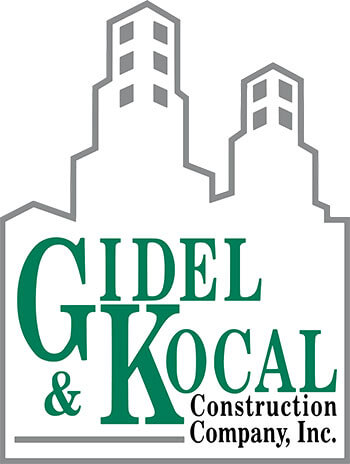There are several construction delivery methods within commercial construction, each of which clients know about prior to engaging with a general contractor. Five of the most common commercial construction delivery methods include construction management, design-bid-build, design-build, joint venture, and private financing. Understanding how each method works may provide valuable insight into the day to day operations on a jobsite, helping both clients and stakeholders improve communication with their construction teams.
What are the Different Types of Construction Delivery Methods?

Knowing that there are different methods for construction delivery is the first hurdle; the next is understanding what each method entails so you can make informed decisions prior to the actual start of the construction.
1. Construction Management
With this method of commercial construction delivery, the owner or client contracts a management team to oversee the greater construction process. This takes the responsibility of making major decisions off the client’s hands and leaves it to professionals who have done this many times before.
Pros of Construction Management: Hiring a professional management team enables more efficient project oversight, more flexible decision making, and promotes strong collaboration between stakeholders. This method also tends to be adaptable by nature of the fact that the right management team will be able to pivot should the project needs change.
Cons of Construction Management: This method of construction delivery runs the risk of higher costs than others depending on management complexities. There may also be challenges in coordination and communication. Ultimately, the success of this method relies on the expertise of a skilled project manager from a top-tier general contractor like Gidel & Kocal.
2. Traditional Design-Bid-Build
With the Design-Bid-Build (DBB) method, the owner or client hires a design team of architects and engineers to develop a project design with specs. Once the design is complete, the client goes to a general contractor to bid out the project and conduct the MEP designs.
Pros of Design-Bid-Build: This method comes with a clear indication of the design vs. construction roles, which helps reduce ambiguity. The competitive bidding process is also favorable to the client. Many people like the DBB method because it is a tried-and-true method of construction delivery.
Cons of Design-Bid-Build: Although uncommon for experienced general contractors, there is always the risk of the potential for miscommunication between architecture and construction teams. One of the advantages of hiring a company like Gidel & Kocal is that we prioritize transparent communication, which is facilitated by our hands-on project managers. This reduces the risk of miscommunication, which could lead to revisions that may extend the timeline of the project.
3. Design-Build
In the Design-Build method of construction delivery, a single entity (design-build contractor or team with both sets of professionals) handles both the design and construction of the project. The owner or client contracts the Design-Build contractor to handle the project from start to finish.
Pros of Design-Build: One point person (the project manager from design-build contractor) facilitates a streamlined process. This method may expedite completion because several processes occur simultaneously.
Cons of Design-Build: This method runs the risk of one person having too much control over the entire process. While that is a possibility, it rarely comes to fruition, as the interests of the general contractor are typically aligned with those of the client. Another potential obstacle is the fact that the Design-Build method is newer; that doesn’t mean it is any less effective. Rather, it is simply less established, so some owners may be wary of using it.
4. Joint Venture
The Joint Venture method of construction delivery is when two or more parties (i.e., contractors or developers) combine resources, knowledge, and capital to take on a construction project.
Pros of Joint Venture: The shared risks and responsibilities, access to a broader pool of expertise, increased availability of capital, and additional resources makes the joint venture construction method particularly attractive for many.
Cons of Joint Venture: One of the potential disadvantages of this method is the lack of a sole decision maker. The need for various stakeholders to reach a consensus could lead to delays. Additionally, in the event of unequal contributions, one party could feel that they are being taken advantage of.
5. Private Financing
The final method we’ll explore is private financing, which involves securing funding for the construction project from a bank, investor, private equity firm, or other source instead of relying on public financing sources, which is the more common route. Private financiers give the capital and receive equity in exchange.
Pros of Private Financing: This method offers more flexibility with project funding. There is greater and faster access to capital. Additionally, there tends to be fewer decision makers involved in funding the project. There is also the opportunity to incorporate innovative financing structures and bring in value engineering. Flexibility with how the budget is spent could open the door to new possibilities.
Cons of Private Financing: The downside of private financing is that you have to factor in interest rates and investor expectations, both of which often lead to increased costs. This may also be a risky route due to private financing arrangements and because this option is not always available depending on the type of construction project.
Determining which is the best method of construction delivery for your project depends on your needs, your specific circumstances, and your level of experience in commercial construction. Need guidance or assistance? Contact us at Gidel & Kocal today and we’ll give you a helping hand.
